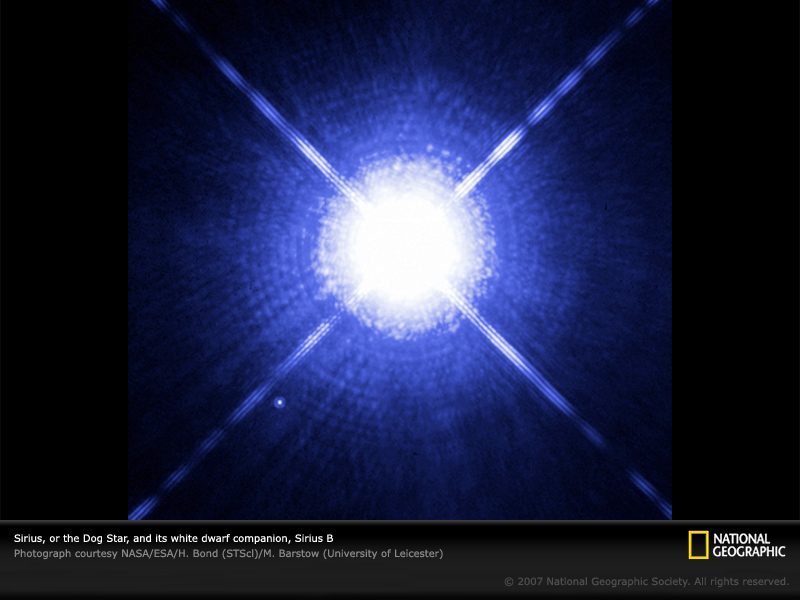The Masses of the Sun and Stars |

|
The Masses of the Sun and Stars |

|
See an illustration of this using the applet on the UCLA astronomy site Newton's cannon. To get a feel for how this works, play with the planetary orbital simulator provided by the University of Colorado, Phet simulator |

|
where P is the orbital period of the planet, π = 3.14, a is the semi-major axis of the planet's orbit and G is the gravitational constant. The semi-major axis a is the average of the closest and fartheset approach of the stars about the center-of-mass of the system, where the center-of-mass is defined below,
 .
.
This method is also used to determine the masses of nearby binary stars. To get a feel for how this works, use the binary star orbital simulator written by Michael Topping (Binary Star Simulator written by Michael Topping on UCLA Astronomy, https://www.astro.ucla.edu/undergrad/astro3/orbits).
